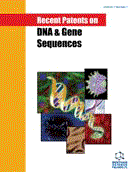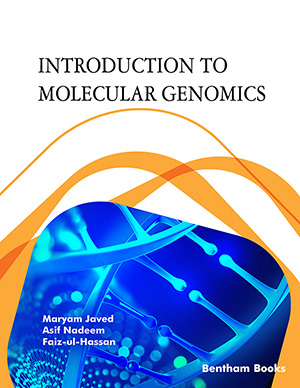Abstract
The intermediary steps between a biological hypothesis, concretized in the input data, and meaningful results, validated using biological experiments, commonly employ bioinformatics tools. Starting with storage of the data and ending with a statistical analysis of the significance of the results, every step in a bioinformatics analysis has been intensively studied and the resulting methods and models patented. This review summarizes the bioinformatics patents that have been developed mainly for the study of genes, and points out the universal applicability of bioinformatics methods to other related studies such as RNA interference. More specifically, we overview the steps undertaken in the majority of bioinformatics analyses, highlighting, for each, various approaches that have been developed to reveal details from different perspectives. First we consider data warehousing, the first task that has to be performed efficiently, optimizing the structure of the database, in order to facilitate both the subsequent steps and the retrieval of information. Next, we review data mining, which occupies the central part of most bioinformatics analyses, presenting patents concerning differential expression, unsupervised and supervised learning. Last, we discuss how networks of interactions of genes or other players in the cell may be created, which help draw biological conclusions and have been described in several patents.
Keywords: Bioinformatics patents, biological database, data mining, differential expression, clustering, classifier patents, regulatory networks, patents applicable to sRNA/RNAi study.
 4
4











